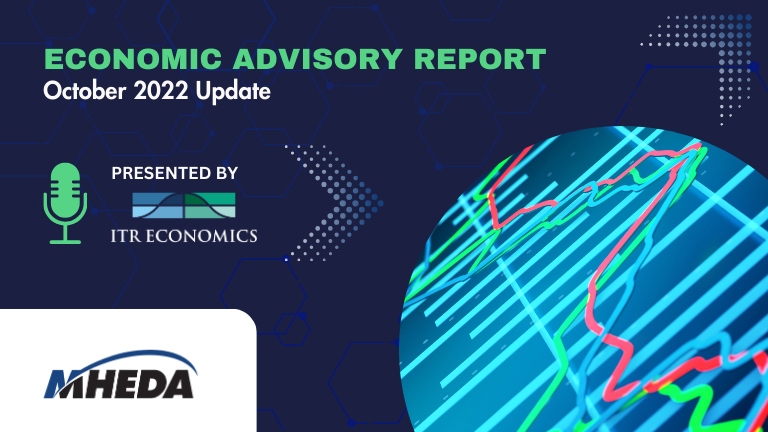Economic Advisory Report – October 2022
In the October 2022 Economic Advisory Report, MHEDA presents insights from ITR Economics specifically focused on the material handling industry. The MHEDA Quarterly Economic Report, published by ITR Economics, provides an in-depth look into the latest economic data and forecasts. This report is designed to equip MHEDA members with critical insights to help navigate market trends, understand economic cycles, and make informed business decisions. By accessing both current and archived issues, MHEDA members gain a valuable, data-driven perspective to support their long-term growth and adaptability in a competitive marketplace.
Key Topics Discussed
- Economic Trends in Material Handling
- Market Demand Forecasts
- Navigating Economic Uncertainty
- Analyzing Key Economic Indicators
- Growth Opportunities
To access the full report and explore archived issues, simply log in to your MHEDA member account and download. This exclusive resource is part of MHEDA’s commitment to supporting members with relevant, actionable economic insights to fuel strategic planning and success.
About ITR Economics
ITR Economics is the oldest privately held, continuously operating economic research and consulting firm in the US. ITR Economics has provided business leaders with economic information, insight, analysis, and strategy since 1948. With a knowledge base that spans seven decades, ITR Economics has an uncommon understanding of long-term economic trends as well as best practices for changing market conditions. ITR Economics’ reputation is built on accurate, independent, and objective analysis.




